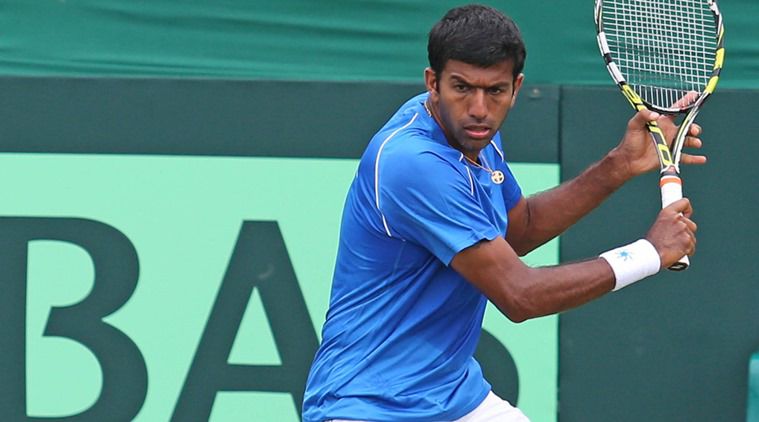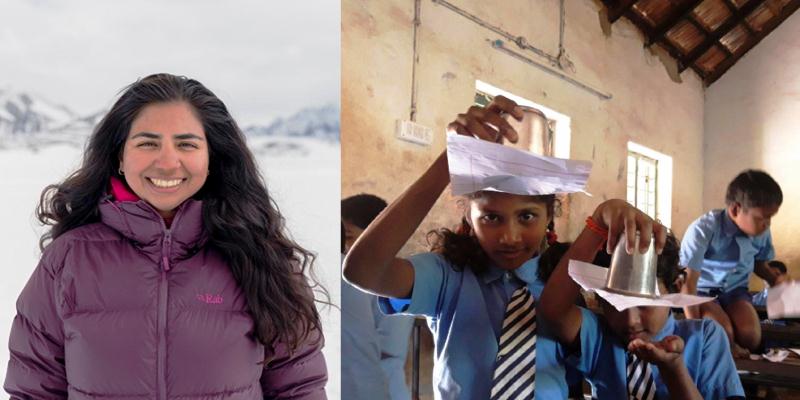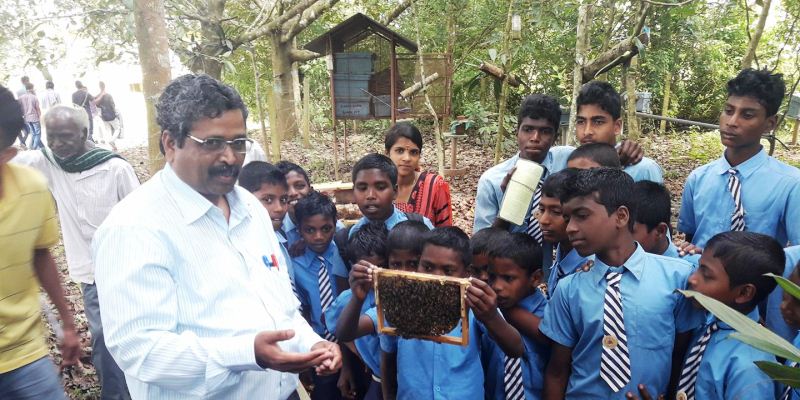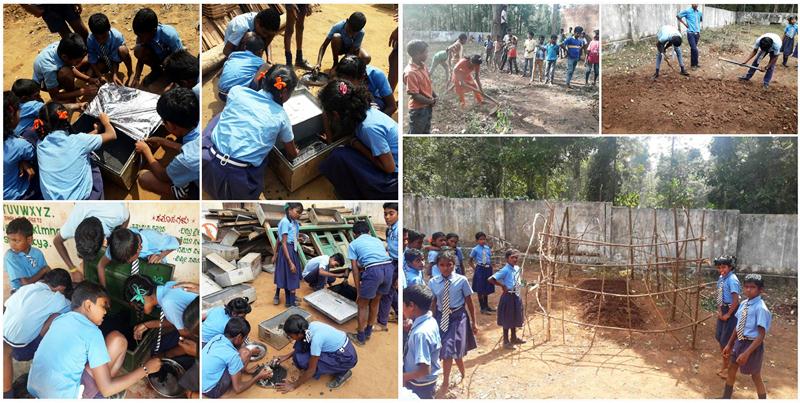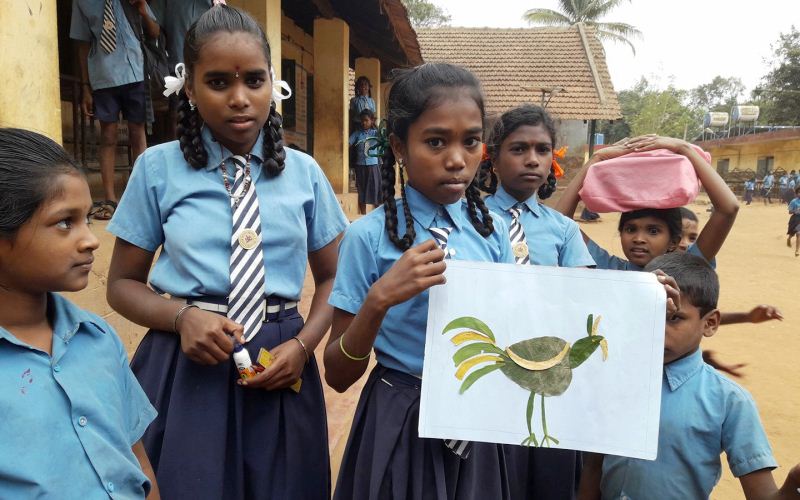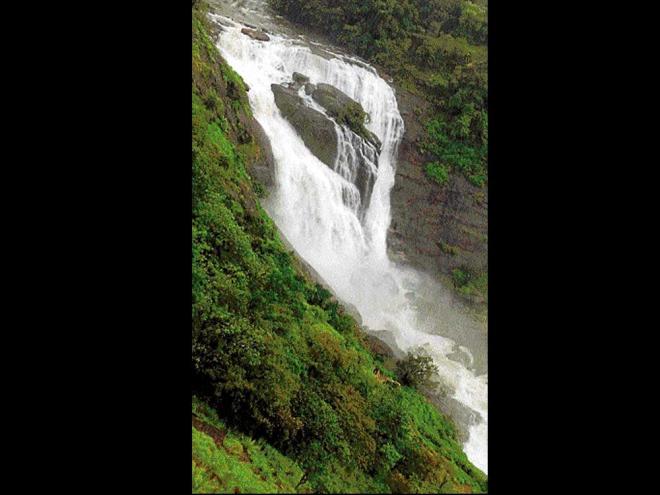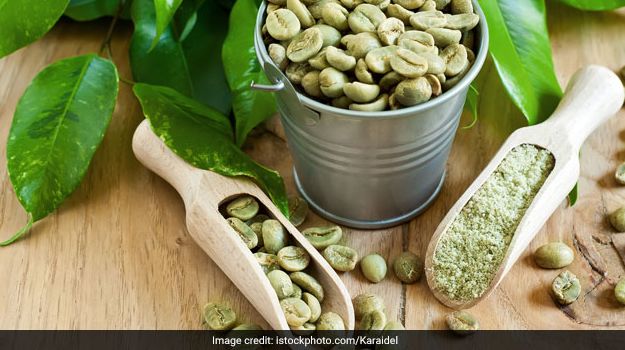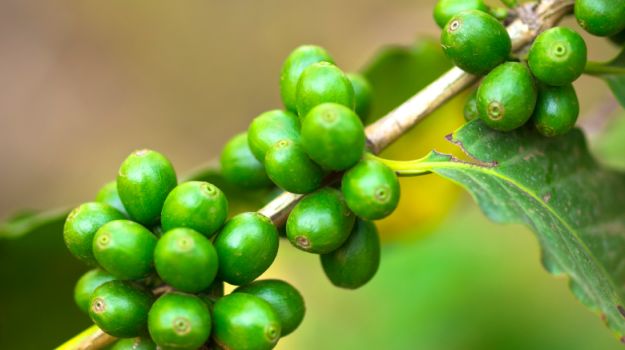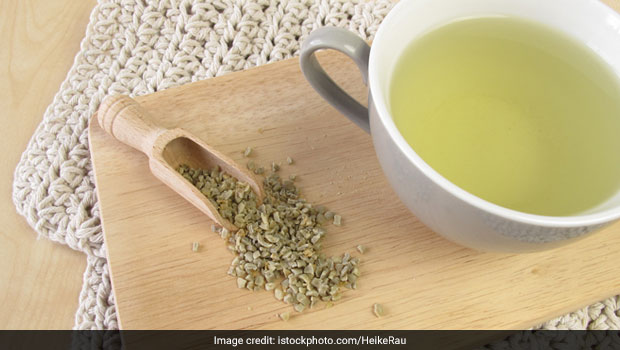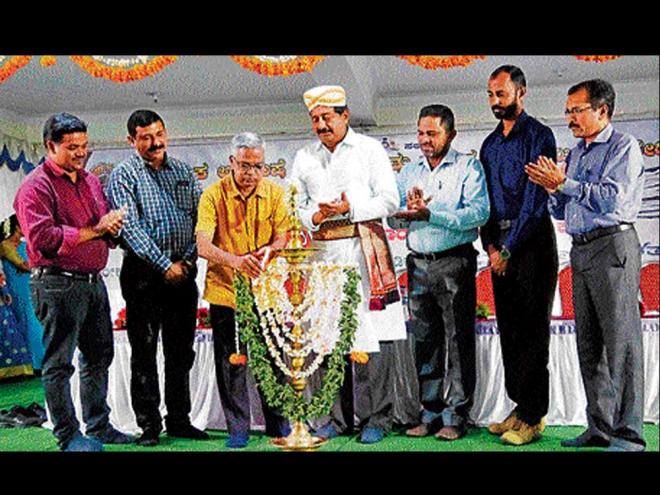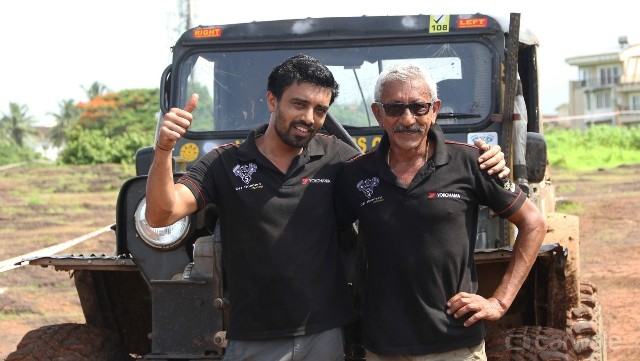Fresh from his Grand Slam in France, he’s got big plans
Washington :
By the time most tennis players are 37, they have retired or gone on to become commentators or analysts – or even entered another profession.
When Rohan Bopanna reached that age, he got his maiden Grand Slam win in the French Open mixed doubles with Canadian partner Gabriela Dabrowski.
“Even though it sounds very cliché,” Bopanna said, “age is only a number, but whoever says whatever to me, I look at it as a positive—that means they are thinking of you, whether it’s a negative, or whether it’s a positive. They are talking about you. That means you are doing something out there.”
The trophy he won in June was “purely a personal goal — nobody else’s goal. Whether I win a Grand Slam or don’t win a Grand Slam, I am the one who’s putting in the work. So, I don’t think age should bother you. It never bothers me what everybody says.”
He achieved the title 14 years after first turning pro.
Immediately after his Grand Slam victory, the All India Tennis Association nominated him for the Arjuna Award, saying: “This is a well-deserved victory. We wish him more success in years to come. His victory will certainly be a morale booster to young and budding tennis players in the country.”
Bopanna, who has been a member of the Indian Davis Cup team since 2002, he finished in 2010, with Pakistani Aisam-ul-Haq as a runner-up in the doubles at the U.S. Open. Earlier that year, the duo, nicknamed the IndoPak Express, had also reached the quarter-finals at Wimbledon. After the U.S. Open, they went on to win the Johannesburg Open.
Regarding his Paris win, he said: “If you had asked me a few years ago about getting my first Grand Slam on a clay court, I would have probably said that what you are saying is just impossible. But, over the years, I enjoyed playing on clay, and I learned how to move better on it and that made the difference. Even in my games, and in my style, I’m not always serving and volleying now. The guys return extremely well now and so, I mix and match my strengths accordingly. So, that experience over the years has helped and made a big difference to get my first Grand Slam.”
He credit his wife, Supriya Annaiah, 29, a psychologist, as his inspiration and a catalyst for his success.
“My wife is a psychologist, and so indirectly, I may be getting powered,” he said. “And, it’s nice to have her at these major tournaments. Sometimes, you are so much into practice and training and all that, you need some time away from it to keep your mind relaxed, and she brings that good side to me.
“Being a psychologist, she knows about down-time, de-compressing, a hundred percent. She understands the mechanics to this sport and how much sometimes I just need time for myself to just focus, which she gives me and that’s something.”
There have been other benefits to his top performance. Bopanna was named spokesman and partner with FDC Ltd./India’s balanced energy drink brand Enerzal after his win and Enerzel committed to being a partner with his tennis academy.
“Tennis is a sport that we as a brand are invested in and believe that India has tremendous potential to excel at globally,” said Ameya Chandavarkar, director of FDC India. “Teaming up with Rohan and his academy allows us to truly be part of the tennis ecosystem, from the grassroots all the way to the top.”
Bopanna said the commercial endorsement and being spokesman for Enerzal “would help in getting the message out about sports awareness, and the exposure, the promotion, the nutrition aspects, and everything else comes into play.”
He also said that he has been involved with the IndianOil, which has supported athletes over the years with its IndianOil Sports Scholarships – one of which he received in 2002.
If India is to compete to European and American standards, business backing is essential, he said. “We have to match up in every way and that’s where we have to change the mindset,” he said.
source: http://www.indiaabroad.com / India Abroad / Home> India / by Aziz Haniffa / August 21st, 2017
